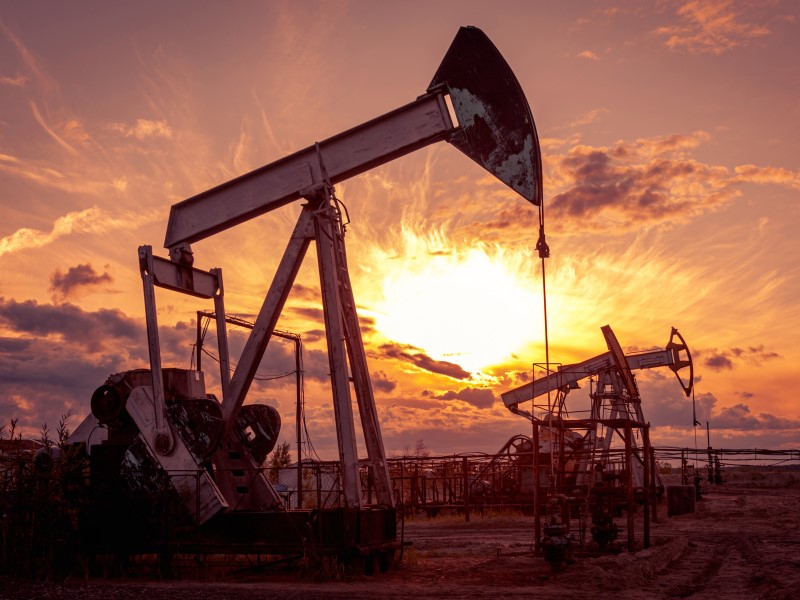
With gas and oil prices reaching new heights last week, panicking both politicians and consumers, we must ask ourselves if this behaviour is typical of commodity prices in every business cycle or if we’re at the threshold of a major economic disaster?
In the 1930s, Nicholas Kaldor analyzed commodity prices and their behaviour over the business cycle, developing what’s known as the cobweb theorem. It states that producers’ expectations about prices are assumed to be based on observations of previous prices. It applies to commodity markets, including oil and gas, since there’s a time lag between exploration, mining, drilling and production decisions.
Read: The concept of risk and risk management in value investing and modern portfolio theory
To put that another way, low prices in one period lead to a fall in supply and a subsequent rise in prices. If producers plan their investment expecting high prices, then the second period supply will be higher. Prices will fall when producers try to sell all of their output. This process repeats itself, going from periods of low supply and high prices to high supply and low prices. When prices rise a lot, higher production is encouraged. That, normally, will lead to overproduction and price decline as demand dips. As prices decline, many marginal producers go out of business. In turn, production declines, often so much that when demand starts to increase, prices rise sharply.
Does that look like what’s happening in this cycle?
Legal threats, investor pressure and fear of regulations have caused investments in oil and gas to plummet by 40 per cent since 2015, according to the Globe and Mail. Last year alone, spending on oil production and refining plunged 30 per cent. Years of underinvestment in oil projects led to a sharp decline in oil production this year.
Once vaccination rates increased, people started to take more trips and airlines started to fly more routes. This increase in demand mixed with reduced production has led to the sharp increase in gas and oil prices. Considering it takes some time for new oil rigs to be drilled and production to come online, prices are bound to rise further still. The restricted supply will continue to support increases in oil prices to a level that will encourage a lot of marginal production, at which time prices will peak and start falling at the next phase of the business cycle.
Read: Is value investing still relevant in a volatile market?
We experienced similar behaviour in lumber prices in 2020/21. This is the typical story of commodities. Eventual overproduction always leads to a fall in prices as the cobweb theorem predicts.
But will it this time? Could overproduction not come online? Is this time different?
Despite the rise in oil prices, Moody’s Investor Service reports that oil and gas companies expect continued restraint in spending in 2022. The environmental, social and governance craze and negative publicity connected to climate change may have permanently discouraged necessary investments in oil exploration and investments in the industry. For example, the Caisse de dépôt et placement du Québec has recently decided to dump its oil and gas investment. This will further feed a rise in prices — so there may be some reason for panic/
I’ve always wondered why governments around the world don’t take advantage of lower prices to build reserves and avoid the panic situations that we’re witnessing — particularly in Europe. This is exactly what Ben Graham proposed 80 years ago in his books Storage and Stability and World Commodities and World Currency. In these books, he described a specific plan to produce and store commodities, with the aim of adjusting supply to demand — thus stabilizing prices. And you thought Graham only wrote about value investing.
Read: Is value investing dead? And what does this have to do with low or negative interest rates?
